When it comes to home heating, numerous systems fulfill the purpose. Some provide zoned heating while some provide central heating. HVAC is one of the most commonly used central cooling and heating systems for a home. During the summer months, it acts as a central air conditioner while during winter it also works as a central home heating system. It means that the HVAC works almost the entire year for one purpose or another. Therefore, it is necessary to take some precautionary measures to prepare your HVAC before the beginning of each season. It will ensure its long life and efficient working. Here we are going to talk about how to prepare your HVAC for winter, to make sure you are warm and your system is working properly.
Steps to prepare your HVAC for winter
If you want to use your HVAC as a home heating system during this winter, make sure to conduct a maintenance check at the beginning of the season. There are some basic steps that you are required to take to ensure its efficient working and long lifespan. Follow the steps discussed here to prepare your HVAC for winter.
1. Change the filters
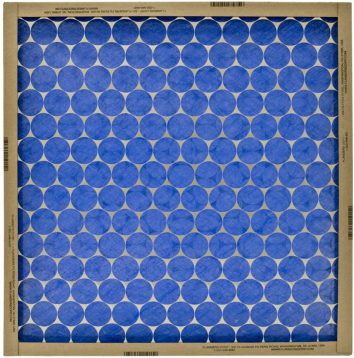
The air filters of your HVAC are required to be changed once every three months. It is recommended to change the air filters once at the beginning of the season. If the filters are dirty, they put a strain on the system and affect its efficiency. Make it a habit to keep some additional filters on hand to always be ready for replacement.
Some best AC air filters recommended for you:
- Air Purifier Whole House Uv Light in Duct for Hvac Ac (Air Conditioning) Duct Germicidal Filter + 2 replacement bulbs
- Flanders PrecisionAire 10155.011212 12 by 12 by 1 Flat Panel EZ Air Filter
- Air-Care 16x20x1 Silver Electrostatic Washable A/C Furnace Air Filter – Limited, Never Buy Another Filter!! – Made In the USA
- AIRx Filters Allergy 16x25x1 Air Filter MERV 11 AC Furnace Pleated Air Filter Replacement Box of 6, Made in the USA
2. Clean air vents and conduct a soundcheck

Cleaning the air vents before running the HVAC system is also important. Air vents collect dust and dirt while operating and it can cause ventilation blockages. The dust and dirt can also get mixed in the air while running. One more thing to check is any unusual sound. If your system is making any unusual sound like rattling, banging, etc., it may be a sign that your system needs repair.
3. Check for moisture around the system
Before starting your HVAC for winters, conduct a thorough visual inspection of and around the system. Make sure that there is no moisture around as it can cause severe damage to the system. Moisture can be formed on and around the system for numerous reasons like a dirty air filter, excessive air moisture, lack of insulation near the ducts, improper sealing of the HVAC ducts, etc. Also, keep the area around the system clear of any stuff or debris. The HVAC unit needs clear space around it for proper airflow and if it is blocked between other house items, it will put a strain on the system. It can even cause the system to break down soon.
4. Turn your furnace on at least thrice at the beginning of winter
It is also important to check if the furnace or heat pump of your system is working properly. Therefore, it is advised to turn on your furnace at least thrice when the chilly weather is at its beginning. The furnace can get dirty during the off-season and sometimes even small animals get stuck in it. Check and clean the furnace before turning it on. Turning the furnace on during the mild winter helps in checking if your system is working properly or not. With this, you can get the system repaired on time, if required, and enjoy the winter when the temperature gets too chilly.
5. Install a programmable thermostat
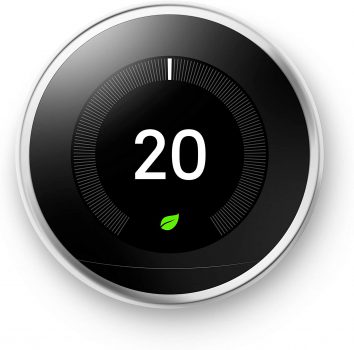
As the temperature outside is going down, it is best to set the temperature on your thermostat a bit higher. Using a programmable thermostat is better compared to the manual thermostat. With a programmable thermostat, you can set it to warm your home before you wake up in the morning to have a comfortable start to the day. You can also program it to shut off when you are not home and turn it on a little before coming back home. It will also help you save on energy bills.
Top recommended smart thermostat:
- Google Nest Learning Thermostat – Programmable Smart Thermostat for Home – 3rd Generation Nest Thermostat – Works with Alexa-Stainless Steel
- Emerson Sensi Wi-Fi Smart Thermostat for Smart Home, DIY, Works With Alexa, Energy Star Certified, ST55
- Honeywell Home RTH9585WF1004 Wi-Fi Smart Color Thermostat, 7 Day Programmable, Touch Screen, Energy Star, Alexa Ready
- Honeywell Home Wi-Fi 7-Day Programmable Thermostat (RTH6580WF), Requires C Wire, Works with Alexa
6. Schedule a maintenance check

The furnace uses flammable fuels to generate heat, thus, it is crucial to get it checked before using. Getting your system regularly maintained reduces the risk of breakdown and any accidents. The fuel used in the furnace makes it susceptible to fire and other related risks. Make it a habit to schedule maintenance checks twice a year, at the beginning of summer and winter. Contact a professional for maintenance to make sure that your system is working efficiently and increase its lifespan as well.
Conclusion
Every appliance needs regular maintenance and repairs to keep them working efficiently. Since your HVAC is used throughout the year, it becomes crucial to keep it in perfect condition to avoid huge maintenance or replacement costs in the long run. A well-kept system will also help you in keeping your house and loved ones warm in the chilly winter. You can also learn about how your HVAC works for home heating to best use during the season.
Loading recommendations...

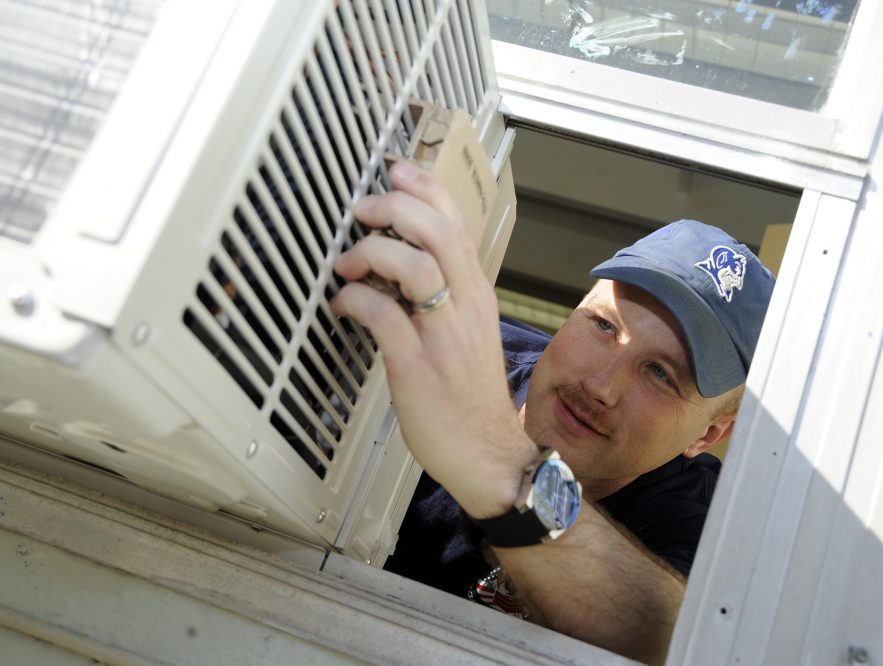
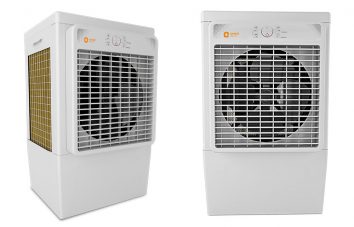


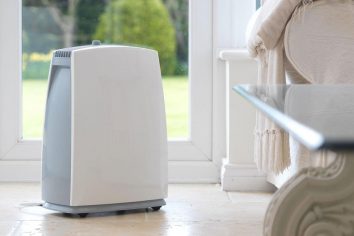
Sangeeta, thank you for sharing with us.
I love the idea of installing a smart thermostat! But be wary as turning the thermostat down too low could result in frozen pipes. Pipes will usually freeze when the temperature is 20 degrees Fahrenheit outside of the building that contains the pipes.
Turn down your thermostat to just 10 degrees when you’re gone at work or sleeping at night – that will be enough.
Nice read and your HVAC winter preparation checklist are really helpful. Thanks for sharing with us, Sangeeta.